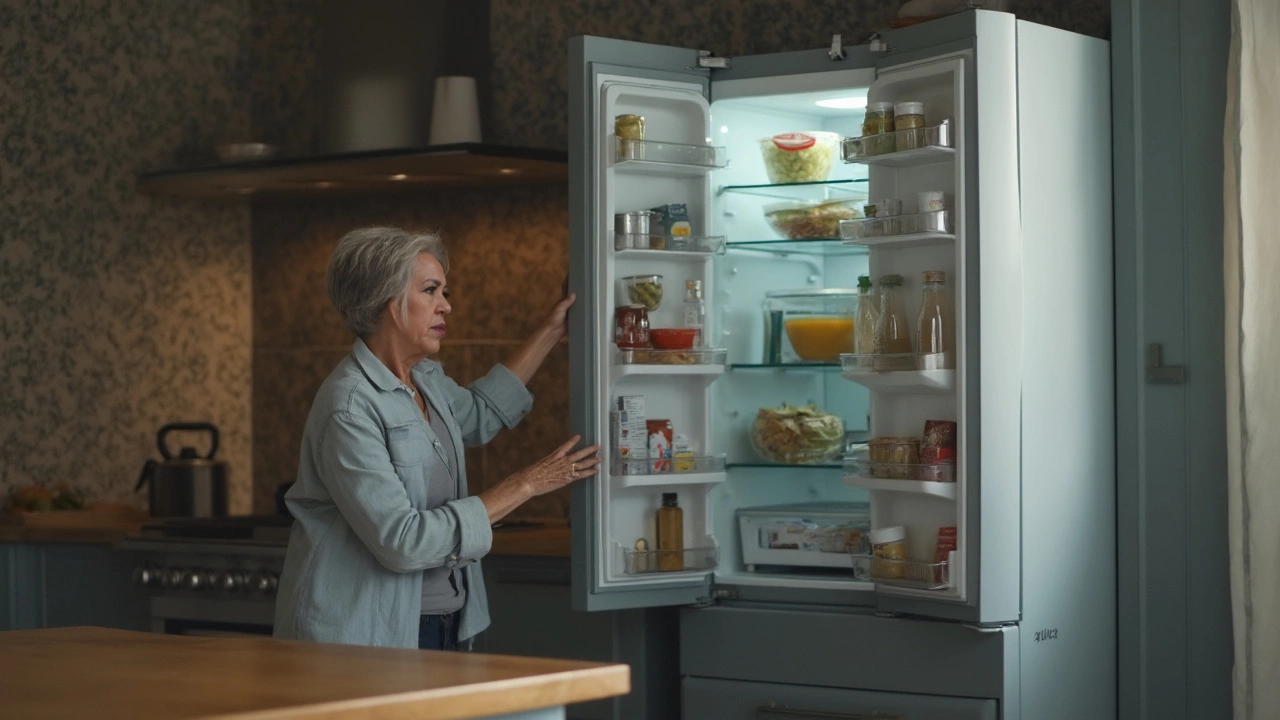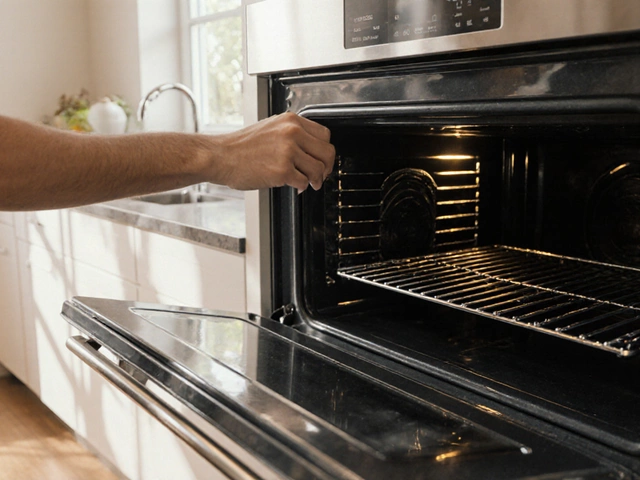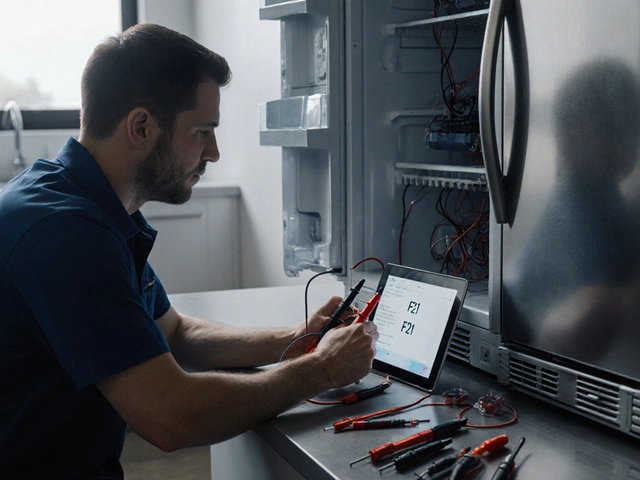How Much Does It Cost to Replace an Oven Heating Element?
October 20 2025Refrigerator Parts: What to Know and How to Replace Them
Got a fridge that’s making weird noises or not cooling right? Most of the time the issue is a single part that’s worn out, not the whole appliance. Knowing the key components and how to check them can save you a call‑out fee and get your food staying fresh again.
Common fridge parts that fail
Compressor – This is the heart of the cooling system. If it hums loudly or stops completely, the fridge won’t get cold. A faulty compressor usually needs a professional replacement because it involves refrigerant handling.
Thermostat or temperature sensor – When the fridge runs nonstop or never kicks on, the thermostat may be stuck. Most modern units use a sensor that can be swapped with a screwdriver.
Evaporator fan – The fan circulates cold air inside the freezer and fridge. If you hear a rattling sound or notice ice buildup, the fan blades might be dirty or the motor burned out.
Defrost timer and heater – These keep frost from building up on the coils. A timer that never triggers or a heater that’s not heating will cause ice to choke the system, leading to warm spots.
Door gaskets – Worn or cracked seals let warm air slip in, making the compressor work harder. You can test them with a dollar bill; if it slides out easily, the gasket needs replacing.
Step‑by‑step replacement tips
1. Unplug the fridge – Safety first. Pull the plug or turn off the breaker before you start pulling parts apart.
2. Identify the problem – Use the clues above. Listen for noises, feel for temperature differences, and check for ice buildup.
3. Get the right part – Look up the model number (usually on a sticker inside the fridge) and order a matching component from a reputable supplier.
4. Take photos – Snap pictures of wiring and screw positions before you disconnect anything. It makes re‑assembly much easier.
5. Replace the part – Most components like thermostats, fans, and gaskets are held with simple screws or clips. Remove the old piece, line up the new one, and tighten securely.
6. Re‑test – Plug the fridge back in and give it 30 minutes to start cooling. Listen for normal operation and check that the temperature drops to the right range (around 37‑40°F for the fridge, 0°F for the freezer).
If the fridge still isn’t working after you’ve swapped the obvious parts, it’s probably time to call a certified gas engineer. They have the tools to test the compressor, refrigerant pressure, and electrical safety.
Keeping a spare set of door gaskets and a basic fan kit on hand can cut down future downtime. Regularly clean the condenser coils (behind or beneath the fridge) with a vacuum brush to improve efficiency and prolong the life of the compressor.
In short, most fridge hiccups trace back to a few common parts. By learning how to spot a faulty thermostat, fan, or gasket, you can decide whether a quick DIY swap will do the trick or if a professional’s help is needed. A little knowledge goes a long way toward keeping your food fresh and your wallet happy.
 19 Jun
19 Jun
Fridge Repair: What Usually Fails in a Fridge?
Fridges break down more often than most people realize, and usually it's the same parts that cause the headache. This article breaks down the most common fridge failures, explains warning signs, and gives practical advice to help spot and even prevent future problems. You'll learn what goes wrong, why it happens, and a few clever tips for keeping your fridge running smoothly. Whether your food's getting warm or you're hearing weird noises, there's something here for every frustrated fridge owner. Save time, money, and maybe a week's worth of groceries by knowing what to look for.
Read More...



